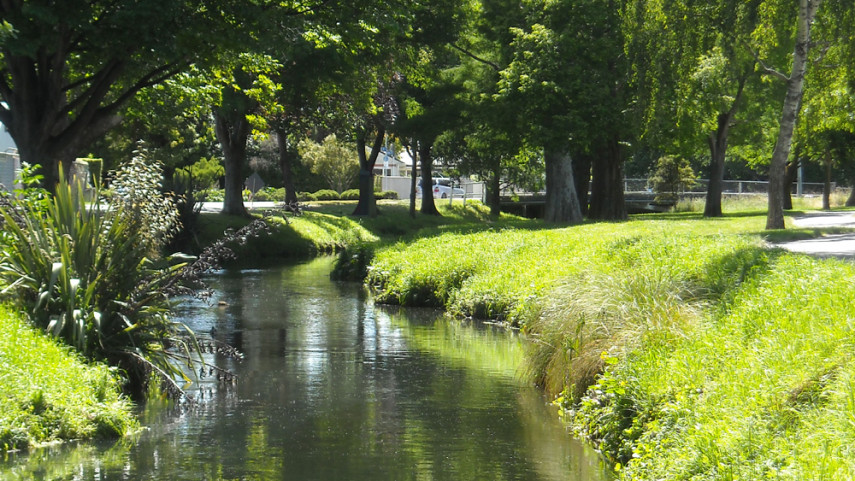Water quality and ecological health
The quality and ecological health of waterways in the Ōpāwaho/Heathcote River catchment have declined greatly during 160 years of urban development. Metals in the stormwater runoff can harm many species of aquatic life, sediment can smother habitat, and E. coli poses a risk to human health during water activities such as wading or swimming.
Flood risk
River-side roads in the Ōpāwaho/Heathcote River catchment experience regular flooding and low-lying houses can be flooded in large events. Land sinking during the 2010/11 Canterbury earthquakes has increased the flooding risk for many properties, some of them distant from the river. Significant urban growth in the upper catchment will generate more and faster stormwater runoff that needs to be controlled.

